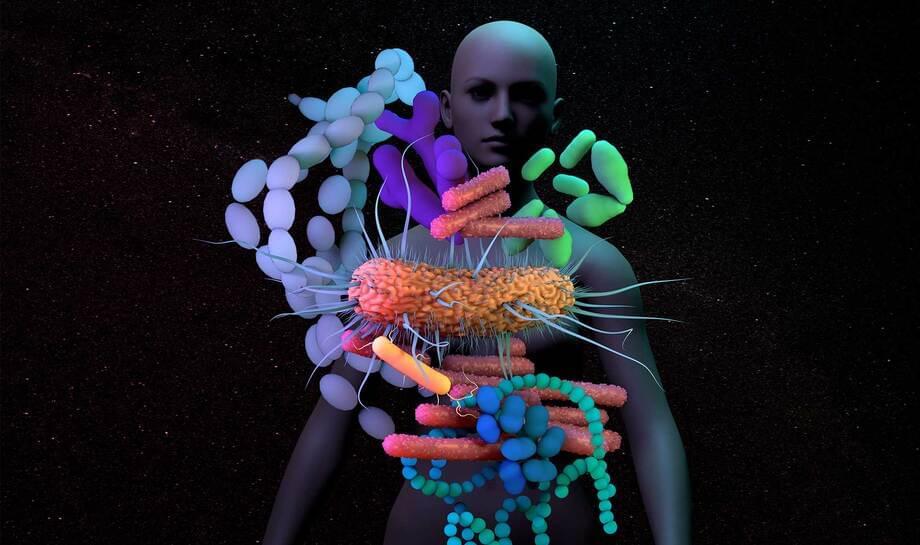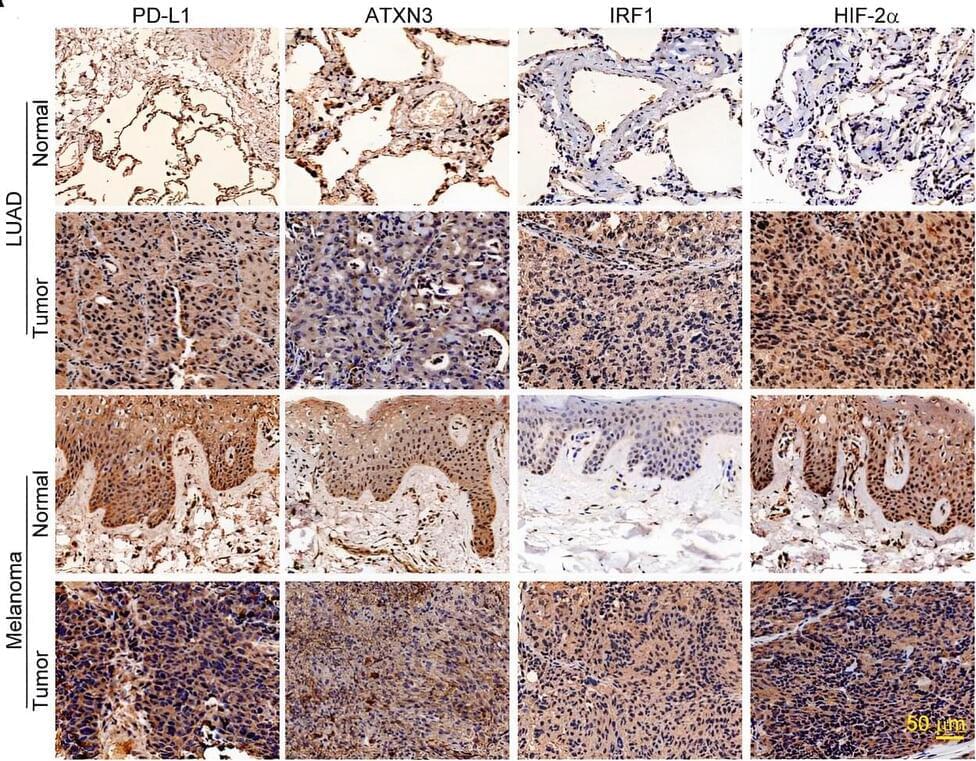The 10-year partnership will allow the company to leverage Microsoft’s software and technology.




Does the Moon’s crust have more water than previously thought? This is what a recent study published in Nature Astronomy hopes to figure out as a team of international researchers investigated how the mineral apatite found within a Moon meteorite provides greater insight into how the Moon’s early crust from billions of years ago could have possessed higher amounts of water than scientists have previously hypothesized. This study holds the potential to not only help scientists better understand lunar history but also provide a gateway to unlocking lunar water for future astronaut missions, as well.
“The discovery of apatite in the Moon’s early crust for the first time is incredibly exciting – as we can finally start to piece together this unknown stage of lunar history,” said Dr. Tara Hayden, who is a postdoctoral associate at Western University and lead author of the study. “We find the Moon’s early crust was richer in water than we expected, and its volatile stable isotopes reveal an even more complex history than we knew before.”

The organization of electrolytes at the air/water interface affects the structure of interfacial water and therefore numerous natural processes. It has now been demonstrated that the surface of an electrolyte solution is stratified and consists of an ion-depleted outer surface and an ion-enriched subsurface layer, jointly determining the water interfacial structure.

A groundbreaking study by researchers from a number of institutions in China introduces a novel hyperspectral remote sensing technique capable of hour-hectometer level horizontal distribution of trace gases, offering an advanced tool to accurately identify emission sources.
The study was published in the Journal of Remote Sensing on 14 November 2023.
The research introduces a groundbreaking hyperspectral remote sensing method that delivers highly accurate, hour-hectometer-level insights into the horizontal distribution of atmospheric trace gases. This advanced technique utilizes effective optical paths (EOPs) within the ultraviolet (UV) and visible (VIS) spectral bands to measure average trace gas concentrations across various distances.

Scientists have uncovered the interaction between lattice vibrations and spins in a hybrid excitation called an electromagnon, using a unique combination of experiments at the SwissFEL X-ray free electron laser. This discovery at the atomic level paves the way for ultrafast manipulation of magnetism using light.
Within the atomic lattice of a solid, particles and their various properties cooperate in wave like motions known as collective excitations. When atoms in a lattice jiggle together, the collective excitation is known as a phonon. Similarly, when the atomic spins – the magnetisation of the atoms-move together, it’s known as a magnon.
The situation gets more complex. Some of these collective excitations talk to each other in so-called hybrid excitations. One such hybrid excitation is an electromagnon. Electromagnons get their name because of the ability to excite the atomic spins using the electric field of light, in contrast to conventional magnons: an exciting prospect for numerous technical applications. Yet their secret life at an atomic level is not well understood.



Northwestern Medicine investigators have identified a previously unknown regulator of tumor immune evasion, which may help improve the efficacy of current and future anti-tumor immunotherapies, according to recent findings published in the Journal of Clinical Investigation.
“The study provides a molecular insight into understanding why some cancer patients cannot be treated by the checkpoint blockade antitumor therapy, but others can,” said Deyu Fang, Ph.D., the Hosmer Allen Johnson Professor of Pathology and senior author of the study.
Antitumor immunotherapy is a type of cancer treatment that helps the immune system in fighting cancer and includes a range of therapy types, such as immune checkpoint inhibitors. Immune checkpoints help prevent the immune system from being too strong and eradicating other cells, including cancer cells.
